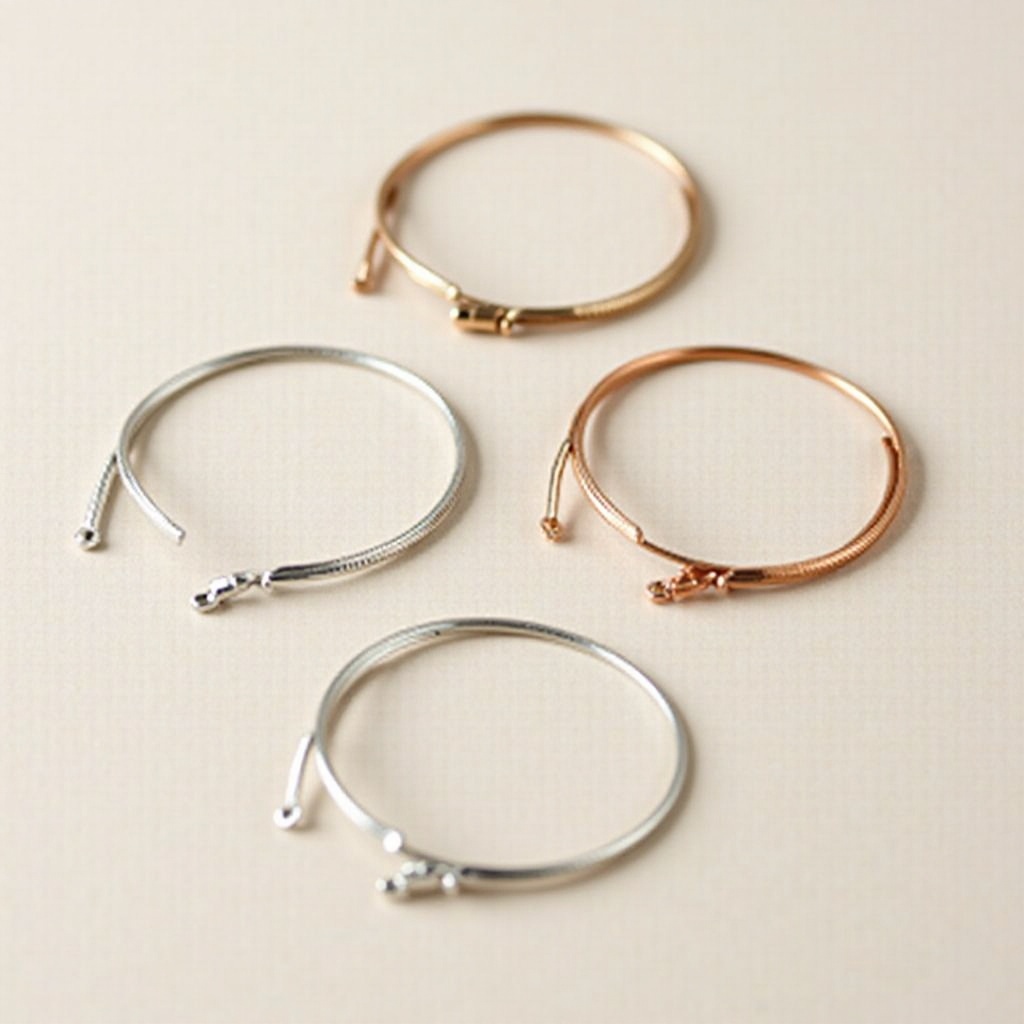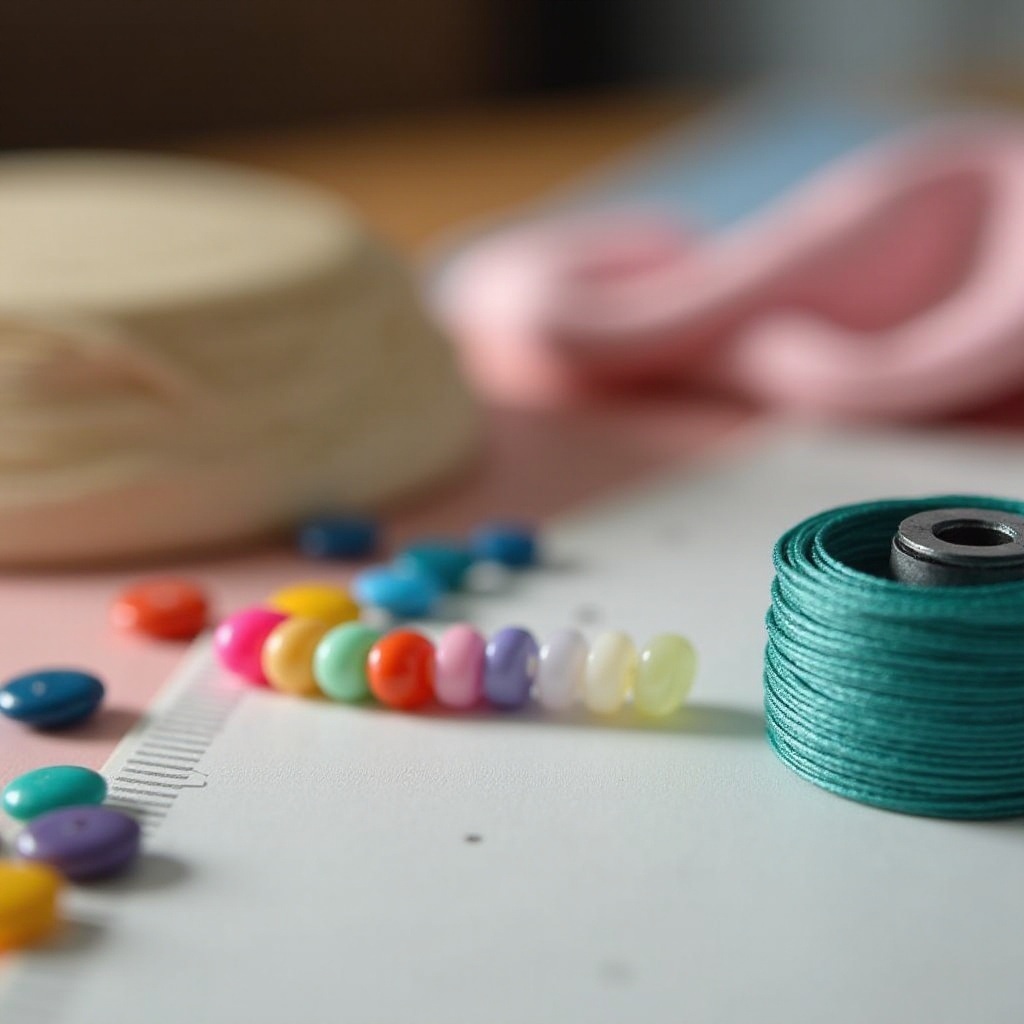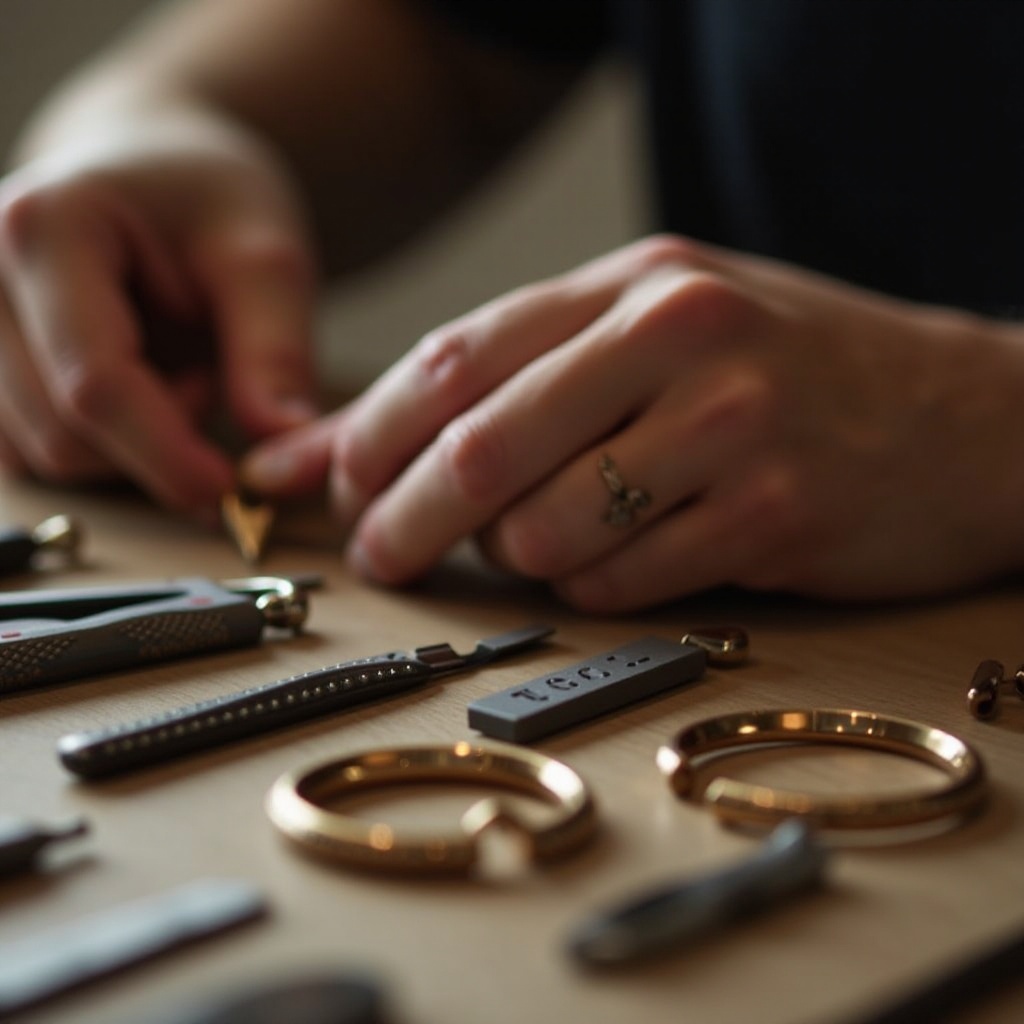Does Every Gold Pendant Fit on Every Chain? A Comprehensive Guide
Introduction
Mixing and matching pendant necklaces offers endless possibilities to create unique jewelry styles. However, a common question arises: does every gold pendant fit on every chain? Understanding the compatibility between your pendants and chains is essential to ensure both aesthetics and durability. This comprehensive guide will help you navigate the complexities of matching gold pendants and chains.
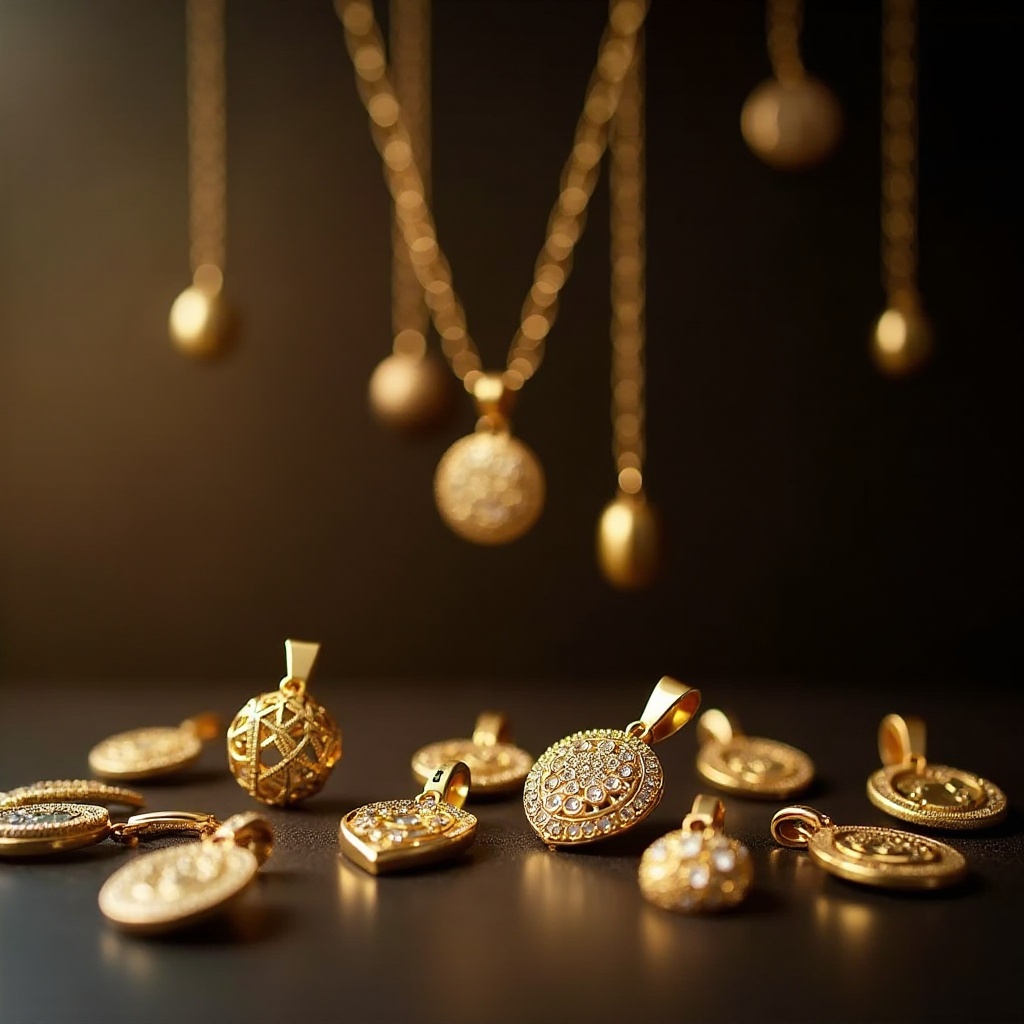
Understanding Pendant and Chain Compatibility
Pendant and chain compatibility is determined primarily by the bail size and shape of the pendant. The bail is the loop or ring that connects the pendant to the chain. The key factors influencing compatibility include the width and thickness of both the bail and the chain.
- Importance of Bail Size and Shape: The bail must be large enough to slide onto the chain easily but not so large that the pendant moves around excessively.
- Factors Influencing Compatibility: Besides bail size and shape, other considerations include the type of bail (fixed or movable), the weight of the pendant, and the design of the chain.
- Types of Bails:
- Fixed Bails: These are attached directly to the pendant and provide a stable connection.
- Movable Bails: These can rotate or slide, offering more flexibility in how the pendant hangs.
Understanding these elements will help you avoid compatibility issues and potential damage to your jewelry.
Common Myths About Pendant and Chain Compatibility
Many people believe that all pendants will fit on all chains, but this is not the case. Let’s debunk some common myths.
- Debunking the One-Size-Fits-All Myth: Not all pendants and chains are interchangeable. Incompatible matches can lead to wear and tear, weakening the bail or chain.
- Risks of Using Mismatched Components: Using a heavy pendant on a delicate chain, for example, can result in the chain breaking. Ensuring proper fit protects the longevity of your pieces.
Understanding these truths will save you the heartache and cost of repairing or replacing damaged jewelry.
How to Ensure Your Gold Pendant Fits Your Chain
Ensuring that your gold pendant fits your chain involves a few practical steps. Here’s how you can verify fit before making a purchase or when pairing items from your collection:
- Measuring the Bail and Chain Sizes: Use calipers or a ruler to measure the inner dimensions of the bail and the outer dimensions of the chain clasp. Ensure they fit comfortably together.
- Recognizing Different Chain Types:
- Cable Chains: Simple and versatile but check for thickness.
- Rope Chains: These offer durability but may be too thick for small bails.
- Figaro Chains: Stylish, yet compatibility varies with thicker designs.
Matching the correct chain type with your pendant helps maintain both aesthetics and function.
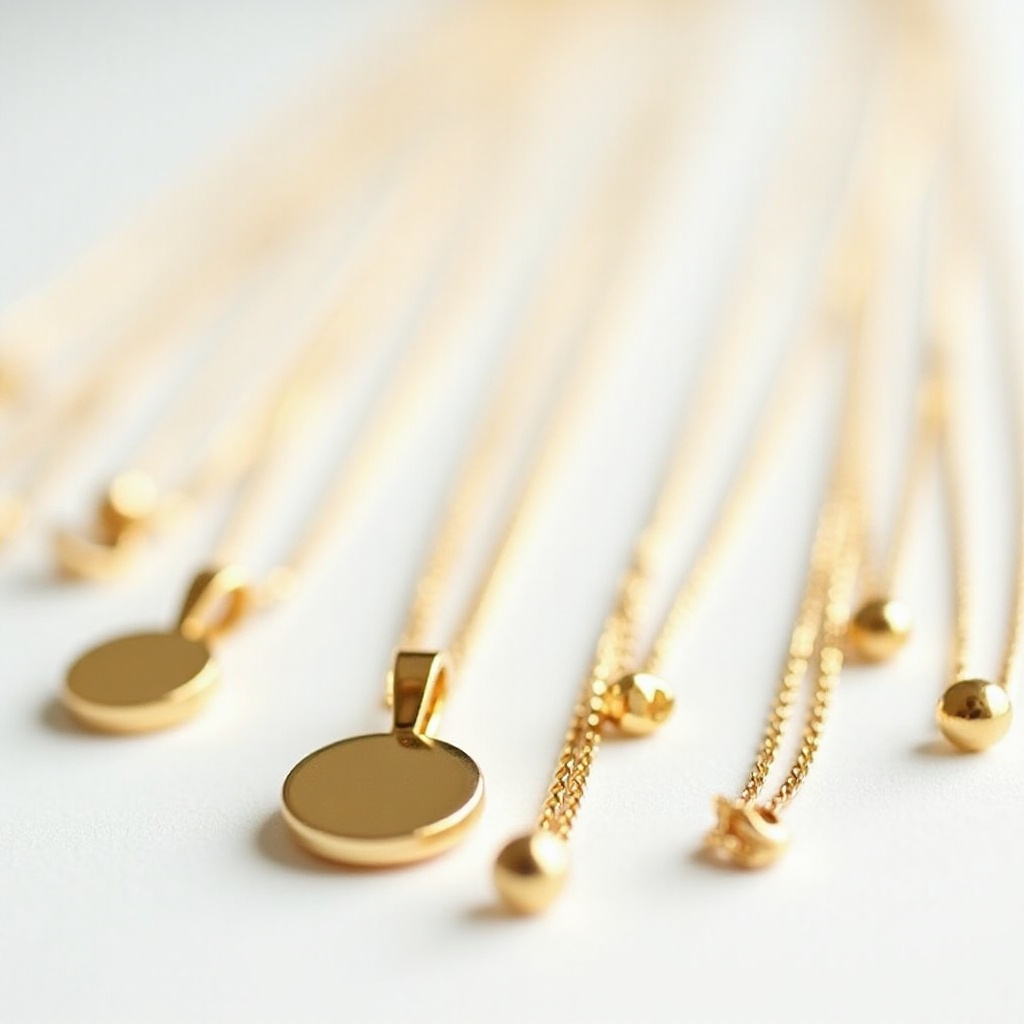
Practical Tips for Matching Pendants with Chains
Matching pendants and chains can seem daunting, but here are some practical tips to help you make the best choices:
- Using Adjustable Bails for Versatility: Adjustable bails can accommodate various chain sizes, making them a safe choice if you like to switch chains frequently.
- Layering Multiple Pendants and Chains: When layering, ensure each chain type and length complement the other to avoid tangling and damage.
- Balancing and Proportion Guidelines: A smaller, delicate chain suits lightweight pendants, while a thicker chain can support heavier and larger pieces.
Keeping these tips in mind will ensure a harmonious look and long-lasting wear.
Real-Life Case Studies: Perfect Pendant and Chain Pairings
To further illustrate these points, let's look at some real-life success stories.
- Examples of Successful Pairings: Consider the example of a delicate heart-shaped pendant on a thin, dainty cable chain. This combination keeps the focus on the pendant without overwhelming it. Another example is pairing a bold, large pendant with a thick Figaro chain, creating a statement piece.
- Testimonials from Experienced Jewelers: 'Matching the right pendant and chain is about balance and style,' says Maria, a jeweler with over 20 years of experience. 'I always recommend my clients think about the overall look and how the pieces work together.
Hearing from experts and real-life examples can inspire confidence in making the right choices.
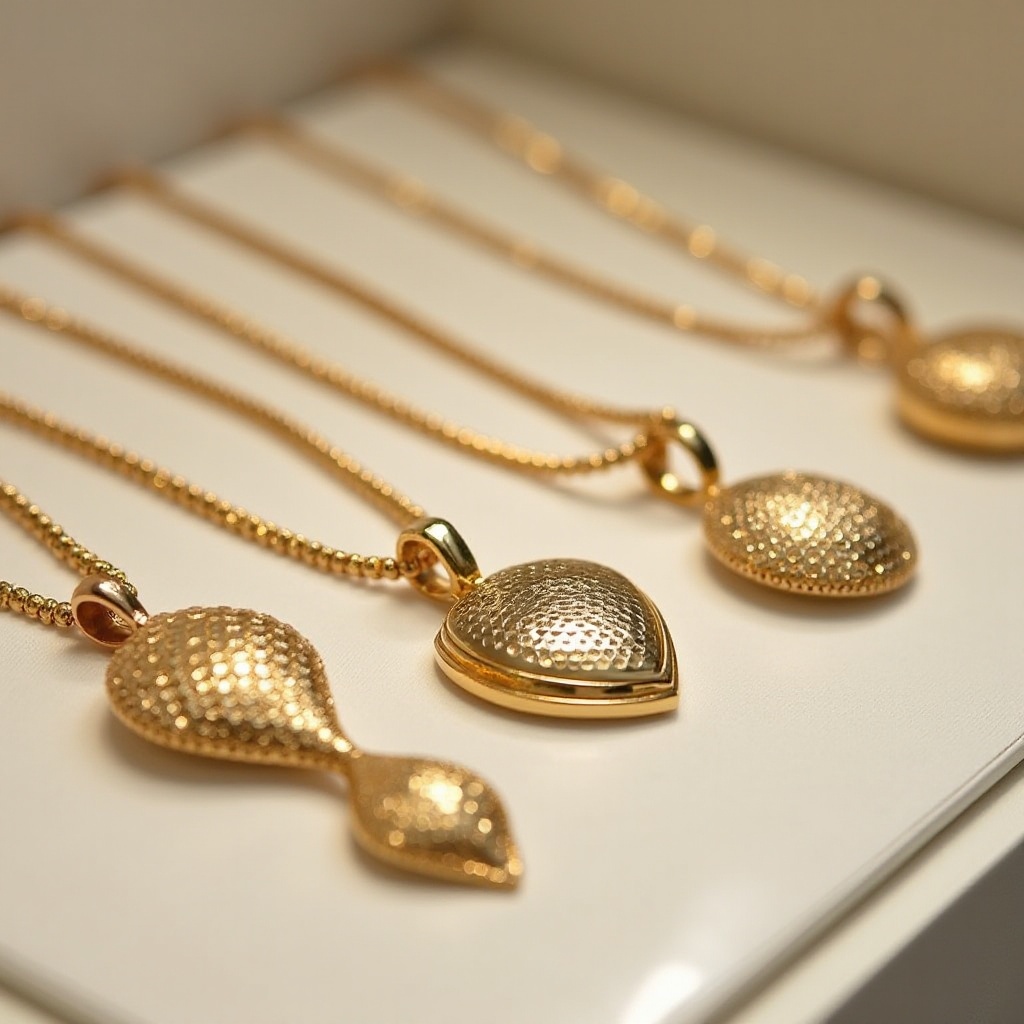
Conclusion
Matching gold pendants with chains is both an art and a science. By understanding bail and chain compatibility, debunking common myths, measuring before you buy, and following practical tips, you can create beautiful, lasting combinations. Happy matching!
Frequently Asked Questions
Can I wear a heavy pendant on a thin chain?
It’s not recommended. A heavy pendant can strain and potentially break a thin chain. Use a thicker chain to support the weight.
How do I measure the bail size of my pendant at home?
Use a small ruler or calipers to measure the inner dimensions of the bail. Compare this with your chain's thickness to ensure a good fit.
Are custom-made bails a good solution for chains with unique designs?
Yes, custom-made bails can be an excellent solution for unique chain designs, ensuring a perfect and secure fit.
